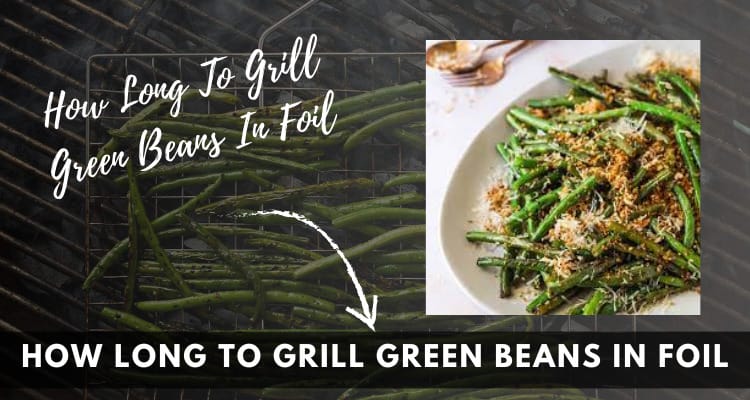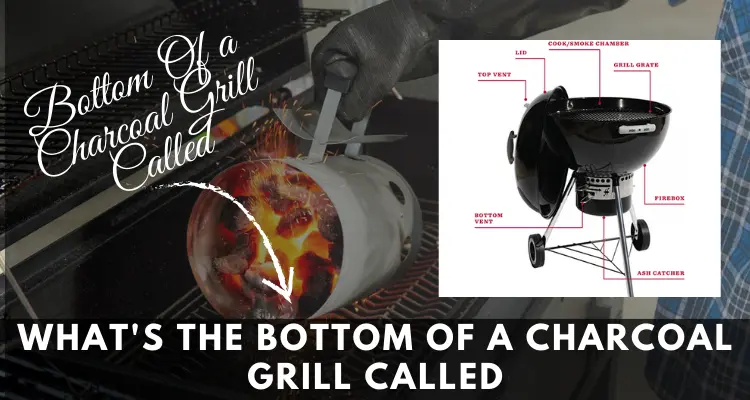When it comes to grilling, a gas grill is a common choice for its convenience and ease of use. But have you ever wondered how the gas grill regulator works?
A gas grill regulator is a device that controls the flow of propane or natural gas from your tank to the burners. It uses a diaphragm and spring mechanism to regulate pressure, allowing for safe and efficient grilling. Understanding how it works is important for maintaining a consistent flame and preventing dangerous gas leaks.
In my experience, a gas grill regulator works by controlling the flow of gas from the propane tank to the burners. It ensures a steady and safe supply of fuel for grilling. The pressure inside the tank is reduced and regulated through a valve before reaching the burners. This allows for precise temperature control while cooking on a gas grill.
In this article, we’ll take a closer look at the components of a gas grill regulator and how they work together to provide optimal grilling performance.
So Let’s Dive in,
Components of a Gas Grill Regulator
The main components of a gas grill regulator include:
Inlet valve
This valve is connected to the propane or natural gas tank and allows the flow of gas into the regulator.
The valve also contains a built-in safety feature that shuts off the gas flow if there is a sudden increase in pressure.
Diaphragm
The diaphragm is the heart of the gas grill regulator. It is a flexible membrane that separates the high-pressure side from the low-pressure side of the regulator.
The pressure on one side pushes against the other, causing it to open or close and regulate the flow of gas.
Spring
The spring acts as a counterbalance to keep the diaphragm in place and maintain consistent pressure. It compresses or expands depending on the pressure inside the regulator, adjusting the flow of gas accordingly.
Vent
The vent allows excess gas to escape and keeps the pressure from building up inside the regulator. This is an important safety feature that prevents dangerous gas explosions.
Gas Grill Regulator: Key Features and Working Principles
The gas grill regulator has several key features and working principles that make it a reliable device for regulating gas flow. Some of these include:
Safety
A gas grill regulator contains several safety features that prevent accidents and injuries. These include an automatic shut-off valve and a vent to release excess pressure.
Consistent Pressure
The diaphragm and spring mechanism work together to maintain a consistent pressure inside the regulator, allowing for precise temperature control while grilling.
Compatibility
Gas grill regulators come in different sizes and types to fit various grills, making them compatible with most propane or natural gas tanks.
How Does a Gas Grill Regulator Work?
Now that we know about the components, let’s understand how they regulate the gas flow.
When you turn on your gas grill, the inlet valve opens, allowing gas to flow into the regulator. The gas pressure pushes against the diaphragm, causing it to open and allow a controlled amount of gas through.
As the pressure builds up inside the regulator, the spring compresses to maintain a consistent pressure. The vent also opens to release any excess gas.
When you turn off your gas grill, the inlet valve closes, cutting off the flow of gas. The diaphragm also closes, preventing any remaining gas from escaping.
Role of the Gas Grill Regulator in Controlling Gas Flow
The gas grill regulator plays an important role in controlling the flow of gas from your tank to the burners. It ensures that only a safe and regulated amount of fuel is released at any given time.
Without a regulator, the pressure from the gas tank would be too high for grilling, and it could potentially cause dangerous gas leaks or explosions.
Gas Grill Regulator Operation: Step-by-Step Explanation
Now that we’ve covered the components, working mechanisms, and potential issues with gas grill regulators, let’s go through a step-by-step explanation of how it operates.
1: Connect the regulator to the tank
Ensure that the regulator is correctly connected to the propane or natural gas tank before turning on your grill.
2: Turn on your grill
Open the valve on your gas tank and turn the grill burner knob to ignite the flame.
3: Gas flows into the regulator
As soon as you turn on your grill, gas starts to flow into the regulator through the inlet valve.
4: Diaphragm opens
The pressure from the gas pushes against the diaphragm, causing it to open and allow a controlled amount of gas through.
5: Spring compresses
The spring inside the regulator adjusts to maintain a consistent pressure as more gas flows in.
6: Excess gas is released
Any excess gas is released through the vent, keeping the pressure from building up inside the regulator.
The Science Behind Gas Grill Regulators: Working Mechanism Unveiled
The working mechanism of a gas grill regulator is based on the principles of fluid dynamics and pressure.
The diaphragm inside the regulator acts as a barrier between high and low-pressure areas to maintain a controlled flow of gas.
When there is an increase in pressure, such as when turning on a gas grill, the diaphragm opens to allow more gas through. And when the pressure decreases, the diaphragm closes to prevent any gas from escaping.
Common Issues with Gas Grill Regulators and Their Solutions
Like any other mechanical device, gas grill regulators may also face some issues over time. Some common problems and their solutions include:
Low Flames
If you notice low flames on your gas grill, it could be due to a faulty regulator that is not allowing enough gas through. In this case, try replacing the diaphragm or spring to restore proper gas flow.
Gas Leaks
Gas leaks are a serious issue and can happen due to a damaged or malfunctioning regulator. If you suspect a gas leak, immediately shut off the gas supply and replace the regulator as soon as possible.
Inconsistent Flame
A worn-out spring or clogged vent can cause an inconsistent flame on your grill. Try cleaning the vent and replacing the spring if necessary to ensure a steady flow of gas.
Ensuring Safety with Gas Grill Regulators: Tips and Guidelines
To ensure safe and efficient operation of your gas grill regulator, remember to:
- Regularly inspect and clean the regulator for any damages or debris.
- Replace any damaged or worn-out components as soon as possible.
- Turn off the gas supply when not in use to prevent accidental leaks.
- Always check for gas leaks before using your gas grill.
Conclusion
In conclusion, the gas grill regulator is a crucial component of your grilling setup. It maintains a consistent and safe flow of gas from your tank to the burners, ensuring a successful grilling experience every time.
By understanding its components, working mechanism, and potential issues, you can ensure proper maintenance and usage of your gas grill regulator for years to come.
So next time you fire up your grill, remember to thank this small yet powerful device for helping you achieve that perfect sear on your steak.


